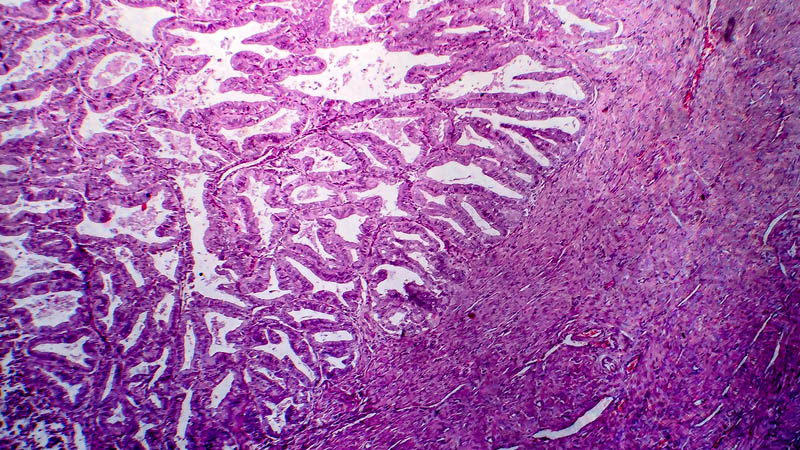Intraperitoneal vs. systemic chemotherapy in ovarian cancer
Janina Markowska
 Affiliacja i adres do korespondencji
Affiliacja i adres do korespondencjiIntraperitoneal therapy (IP) has been used in the treatment of ovarian cancer for over twenty years. The principal strategy of intraperitoneal therapy is based on increased local cytostatic drug concentration in the peritoneal cavity and extended tissue exposure to the drug. Based on the results obtained in three phase III clinical trials conducted between 1996 and 2006, indicating extended total survival in IP therapy, the National Cancer Institute in the USA considered the use of this therapy as justified. The inclusion criterion was ovarian cancer with optimum cytoreduction (≤1 cm of residual disease). Retrospective analyses conducted in 2015 confirmed longer median survival by more than 10 months as compared to systemic intravenous therapy. Promising results were also reported for heated intraperitoneal chemotherapy (HIPEC) in patients with recurrent ovarian cancer. Other intraperitoneal therapies have recently been introduced: PIPAC (pressurized intraperitoneal aerosol chemotherapy) and HINAT (hyperthermic intracavitary nanoaerosol therapy). These trials are, however, highly experimental, requiring further clinical studies.









